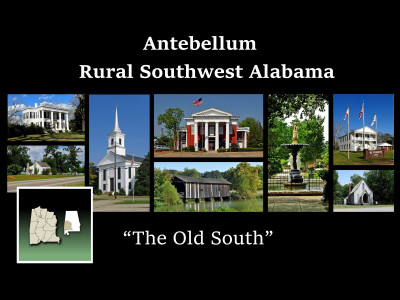
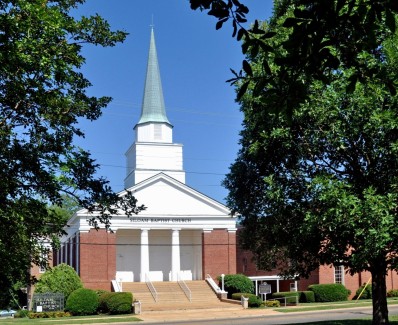
The Siloam Baptist Church was established in 1822. During the mid-19th century, it was Alabama’s most influential Baptist congregation and one of the …
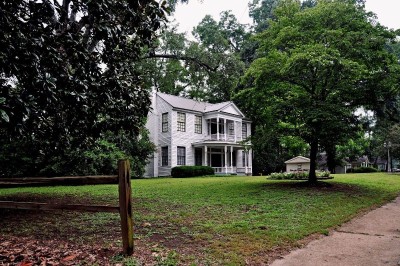
This home, constructed in 1834, is one of the earliest residences in Livingston. When Livingston was plotted, James H. Spence bought eighty acres and …
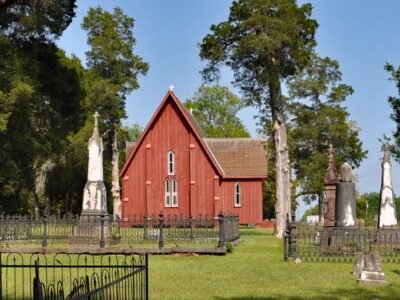
Episcopalians established a mission in this area in 1834 for settlers coming from the Atlantic Seaboard. St. Andrew’s Church was erected in 1853-1854. …
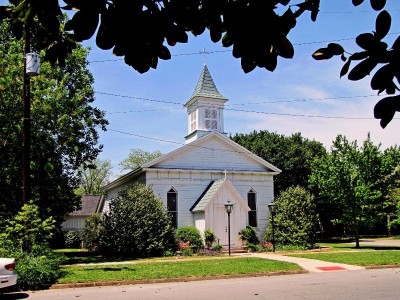
The St. James Episcopal Church was established in 1836. The present church building was built in 1841-1842 and consecrated in 1843 by Leonidas Polk. …
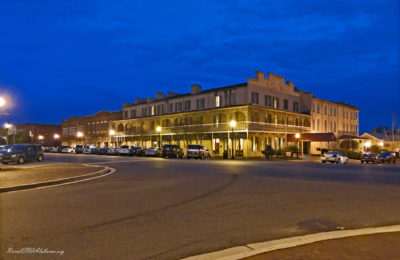
As one of the few remaining antebellum river hotels in the southeast and the only surviving hotel in Selma’s downtown historic district, the St. James …
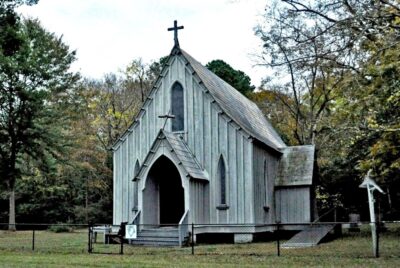
St. John’s-In-The-Prairie, now known as St. John’s Episcopal Church, is a small Gothic-style church that is believed to have been constructed accordin …

Cahaba (also spelled Cahawba), located between Selma and Orrville at the confluence of the Alabama and Cahaba Rivers, was once a thriving antebellum r …
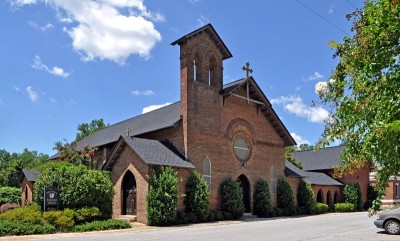
This parish, established in 1830, is the third oldest in the Alabama diocese. This church was erected in 1840 and consecrated in 1843 by Leonidas Pol …
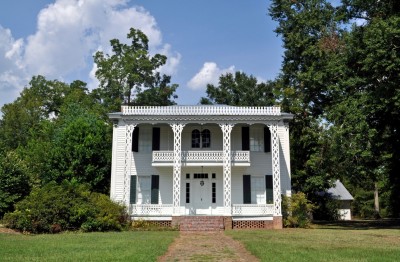
Inspired by the works of architect Samuel Sloan, this outstanding example of antebellum eclecticism was built in 1851 for Judge David W. Sterrett, law …

This mansion is one of the finest examples of Greek Revival neo-classic architecture in the Southeast. Construction began on this house in 1852 but wa …
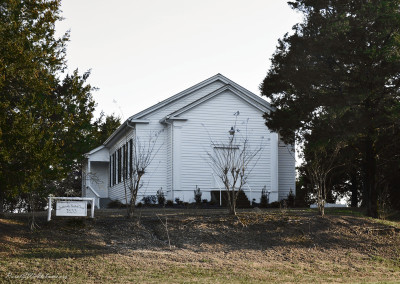
This church traces its beginning to the “Old Primitive Baptist Church” which was the first church organized in the western part of the Sumter County. …
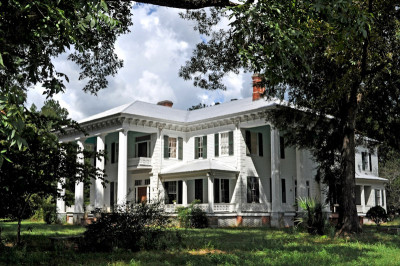
This is a nationally known Wilcox County, AL plantation home. Throughout the years, it has been featured in numerous national magazines and books conc …

This house was built circa 1852 by Dr. Henry Talbird, second president of Howard College. It was sold in 1856 to Isaac Billingsley and his wife, Ann J …
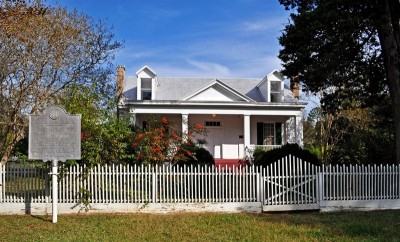
Tanglewood is a historic plantation house near Akron, Alabama. The Greek Revival cottage was built in 1859 by Page Harris, on land that he had purchas …
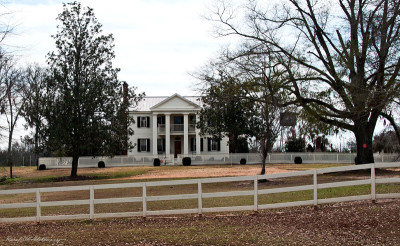
This 2-story, Greek Revival style plantation home, located southeast of Orrville in the Molette’s Bend area of the Alabama River, was built on land or …
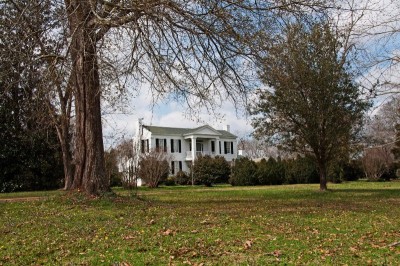
The Camellias is a beautiful antebellum home located just south of Marion, AL. It gets its name from the many camellia bushes located on the front la …
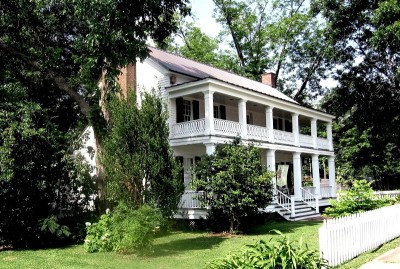
The Clarke County Historical Museum opened in 1986 as a project of the Clarke County Historical Society. It is located at downtown Grove Hill, AL in t …
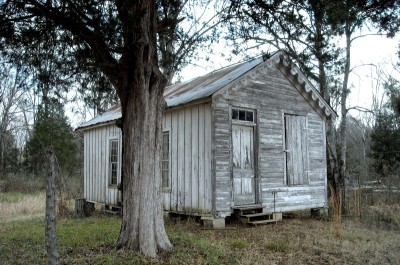
This was the showroom for coffins of builder, Edward Kring. Here you would pick out your material and wood for your coffin which would then be custom …
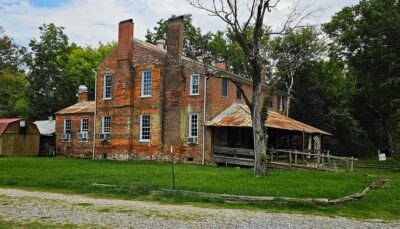
This house was built in 1840 for Augustus Foscue, a North Carolina native who owned more than 3,000 acres and 137 slaves in Marengo County by 1850. Th …
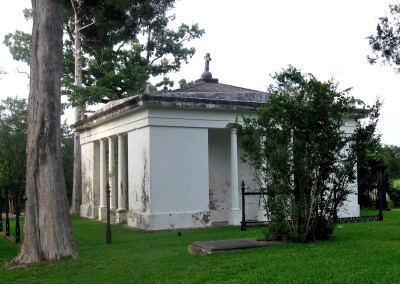
This Greek Revival-style mausoleum was built between 1841 and 1845 on a chalk bluff overlooking the Tombigbee River in Demopolis. It was built by Mary …

Shown are pictures of the grave of John A Bell that’s located in the “New” Cemetery at the Old Cahawba Park in Dallas County. On May 23rd, 1856, there …
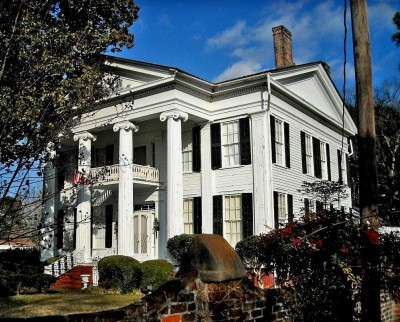
This beautiful antebellum home was built circa 1845 for Col. Green G. Mobley from Fairfield District, SC and his Vermont-born second wife, Henrietta. …
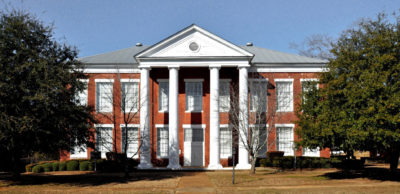
Founded in 1835, the Marion Female Seminary was one of the earliest colleges for women in the United States. It was the first of four colleges establi …
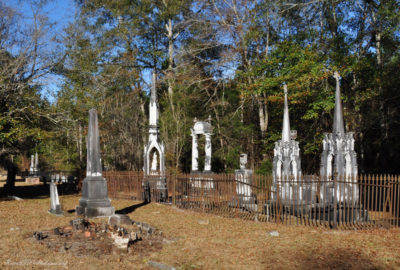
Settlement of Dayton began in the early 19th century, with a town survey done and a “public well” established in 1832. The post office was established …

The “new” town of St. Stephens, located approximately three miles south of the original St. Stephens town site, was selected in 1848 as the seat of go …
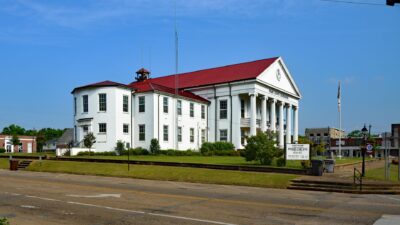
Perry County was created by an act of the Legislature of the newly formed State of Alabama on December 13, 1819. The first courthouse, a log cabin, wa …
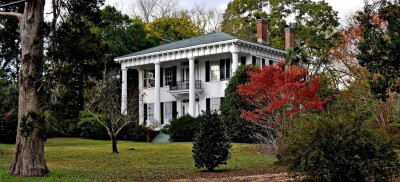
In 1840, Dr. James Levi Tunstall, a prominent physician and planter, purchased a smaller home located on this property. He and his wife, Eliza Croom T …
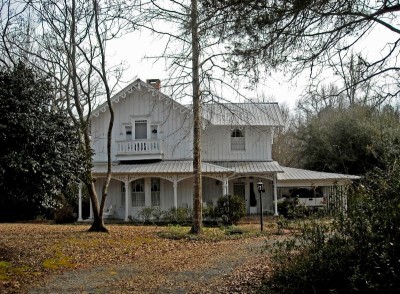
The Turner/Sessions/Kopf house was built c. 1859. It is included in the Bladon Springs Historic District that’s listed on the Alabama Register of Land …
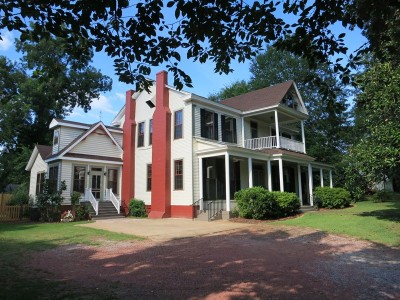
“Twin Magnolias”, also referred to as the Myatt-Hancock house, is thought to have been built around 1845. It originally had a Greek Revival style cons …
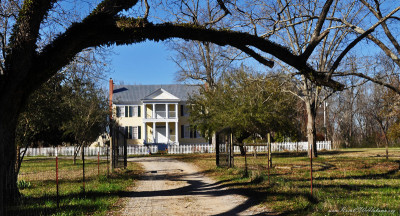
The Underwood Plantation Home, also known as “Black Thistle”, is a Greek Revival-style home that was built circa 1837 by the Greene Underwood Family. …
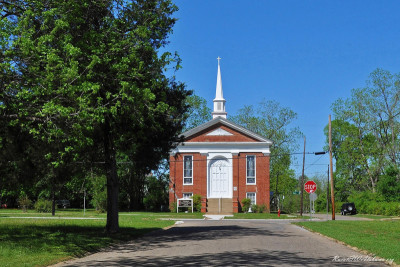
As early as 1843, the Methodists of Uniontown had purchased a lot on Water Street and a church had been erected before the summer of 1844. This buildi …
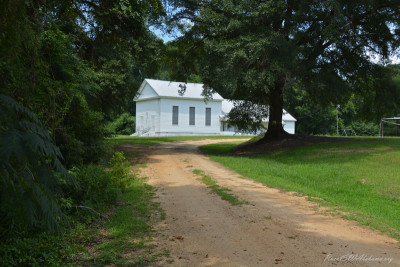
This church congregation was organized in 1833 and the current church building was built circa 1850. The interior of the original structure has been l …
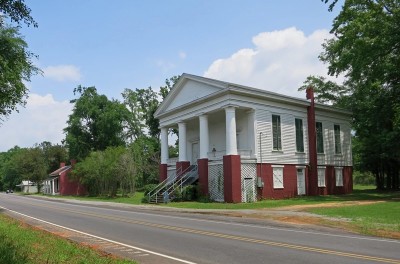
This Methodist church in Dayton is one of oldest churches in Marengo County. The first Methodist-Episcopal Church in Dayton was built in 1819 of logs …
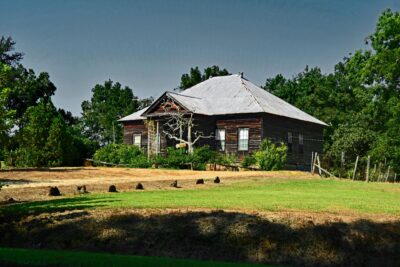
This home was built by the Vaughan family, one of the earliest families to settle in Wilcox County. The age of this house is unknown, but it is though …
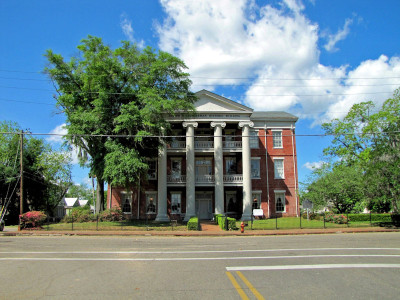
This Greek Revival building is one of Selma’s most historic. It was built in 1847 by Selma’s Masonic Lodge #27 as a school for orphans and children of …
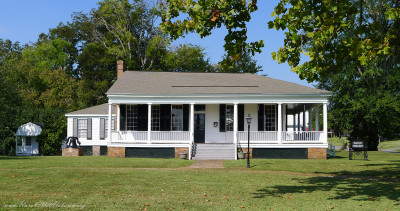
This home was built circa 1841 by Iredell P. Vaughan, a tailor, for his new bride, Miss Ann Margaret Steele. It has a raised Creole Cottage style cons …
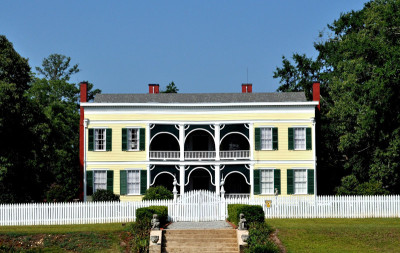
This beautiful antebellum home, located in the Furman community, was built in a one-of-a-kind Steamboat Gothic style. The nearly 6,000 sq. ft. of livi …
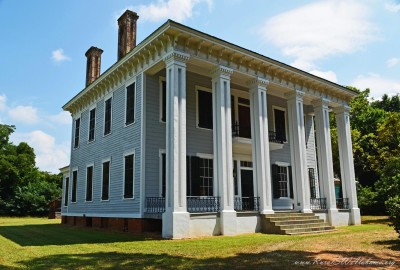
This beautiful antebellum home was constructed circa 1855 for Col. Lucius Quintus Cincinnatus DeYampert as a gift to his daughter, Julia, and her husb …

This home was built circa 1840 for William Peter Webb, a lawyer from North Carolina who was one of the earliest residents of Eutaw. During early remod …
